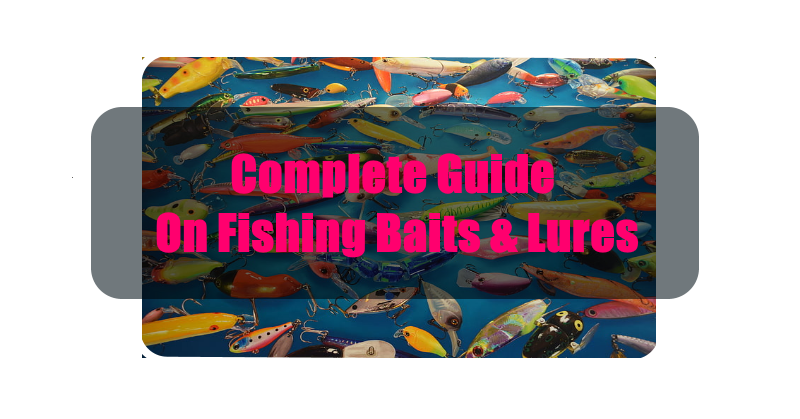Fishing has been a popular pastime for centuries, with over 49 million Americans engaging in it annually. One of the most important aspects of fishing is the use of lures, which are designed to mimic real prey in the water to attract fish. In this article, we will discuss the different types of fishing lures and describe how they are used.

Fishing lures come in many different shapes and sizes, but they all have the same purpose: to entice fish to bite. There are several types of lures, including spinners, spoons, jigs, plugs, and soft plastics.
Spinners are made up of a blade, body, and hook. The blade rotates as it is pulled through the water, creating a vibration and flashing light that attracts fish. Spinners work well for a variety of fish, including bass, trout, and panfish.
Spoons are similar to spinners in that they have a blade and hook, but they do not rotate. Instead, they have a wobbly, side-to-side motion that mimics the movement of a small fish. Spoons are often used for larger fish, such as pike and muskie.
Jigs consist of a weighted head and a hook, with a soft plastic or feathered tail. They are versatile and can be used in a variety of ways, such as bouncing along the bottom or swimming through the water. Jigs are effective for many types of fish, including crappie, bass, and walleye.
Plugs are hard-bodied lures that have a diving lip or floatation device to make them dive or float on the surface. They come in many shapes, sizes, and colors, and can mimic a variety of prey. Plugs are a popular choice for bass, pike, and muskie.
Soft plastics are made of a soft, pliable material that mimics the feel of live bait. They are often used with a jig head or worm hook and come in a variety of shapes and colors. Soft plastics work well for a wide range of fish, including bass, trout, and panfish.
Regardless of the type of lure used, it is important to choose the right color and size for the fish you are targeting. Many lures come in colors that mimic different types of prey, such as crawfish or minnows. Choosing the right color can be the difference between a successful trip and coming home empty-handed.
In addition to choosing the right lure, it is important to use the right technique. This can vary depending on the type of lure and the fish being targeted. Some techniques include casting and retrieving, jigging, trolling, and bottom bouncing.
In conclusion, fishing lures are an essential part of any angler's tackle box. They are designed to mimic real prey in the water, and there are many different types to choose from. Choosing the right lure, color, and technique can help increase your chances of catching fish. So next time you head out on the water, make sure to bring a variety of lures and experiment with different techniques to see what works best for you.
